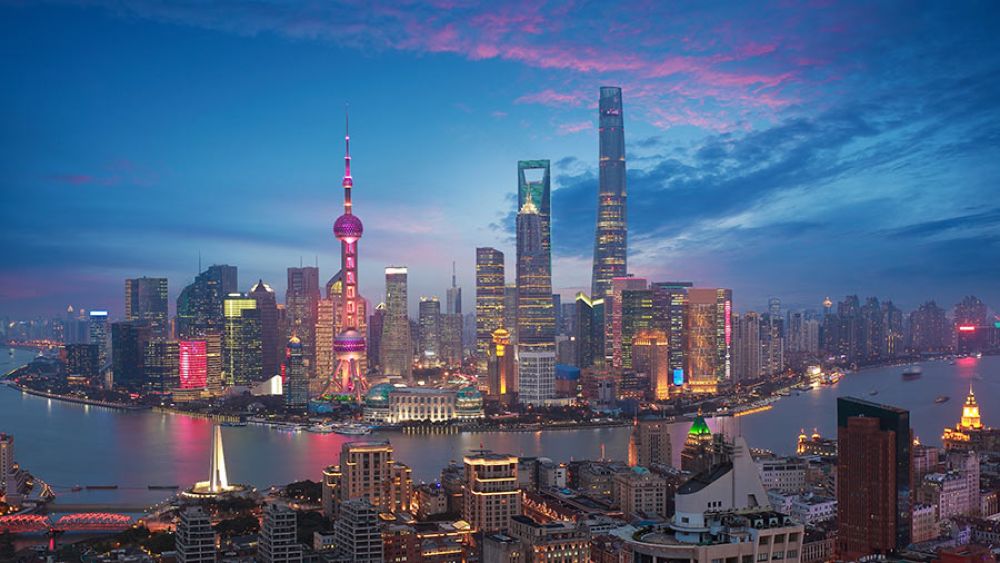

As one of the world's most vibrant metropolises, Shanghai offers a compelling blend of history and modernity that has attracted tourists for well over a century. The city's status as a key trading port has long established it as a gateway to China, with tourism taking roots during the time of the foreign concessions in the 19th and early 20th centuries.
The beginnings of Shanghai's tourism can be traced back to the Treaty of Nanking in 1842, which saw Shanghai open up to foreign influence and visitors. The international settlements - areas controlled by the British, French, and Americans - became hubs of cosmopolitan activity, with grandiose architectures like The Bund serving both as commercial powerhouses and tourist attractions.
In the 1920s and 1930s, Shanghai earned the moniker "Paris of the East" for its luxurious lifestyle, with sophisticated nightclubs, hotels, and restaurants catering both to expatriates and discerning travelers. This era was Shanghai's first golden age of tourism, where its cultural offerings and fast-paced lifestyle were showcased to visitors from across the globe.
This flourishing state was disrupted in the mid-20th century by political turmoil. Following the communist revolution in 1949, tourism was not a priority, and Shanghai's global connections were greatly reduced. It was not until the Reform and Opening-Up policies initiated by Deng Xiaoping in the late 1970s that Shanghai began to re-emerge as a prominent destination.
The city's dramatic transformation accelerated with a focus on infrastructure and cultural development. The opening of Pudong in the 1990s, with its futuristic skyline including the iconic Oriental Pearl TV Tower, signaled a new era for Shanghai. The successful hosting of the 2010 World Expo brought unprecedented international attention, solidifying tourists' interest in the city's blend of tradition with cutting-edge urban innovation.
Pre-pandemic, Shanghai had seen consistent growth in tourism, thanks to attractions such as the historic Yu Garden, the bustling Nanjing Road, and the artistic enclave of Tianzifang. The Shanghai Disney Resort, which opened in 2016, further expanded the city's appeal to international family tourism.
Amidst changing global conditions, Shanghai is also home to a thriving domestic tourism market, with more Chinese residents than ever exploring the richness of their own country. This focus on domestic travelers has been accentuated by the international travel restrictions associated with the COVID-19 pandemic.
While Shanghai's tourism industry, like many others worldwide, has been affected by recent health events, there is a strong drive towards recovery, with an emphasis on safety, sustainability, and digital innovation to enhance visitor experience. As global travel resumes, Shanghai is poised to reclaim its status as one of the top destinations for travelers seeking an electric mix of history, culture, and modern urban excitement.
Looking to the future, efforts are being made to continue to diversify Shanghai's tourism offerings, cultivate cultural tourism, and promote the convergence of tourism with other industries. This includes enhancing the night economy by introducing evening tours, light shows, and night markets, as well as developing VR experiences for high-profile attractions. Such initiatives signal an adaptive tourism sector that remains one of Shanghai's vibrant economic pillars.